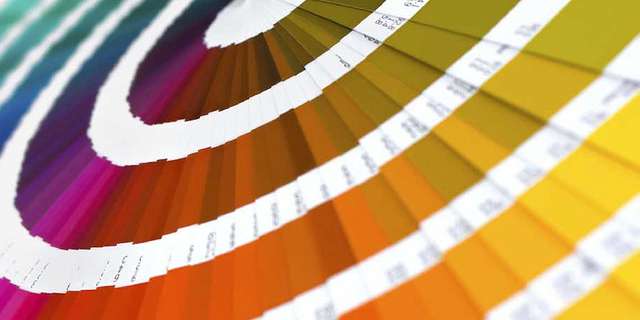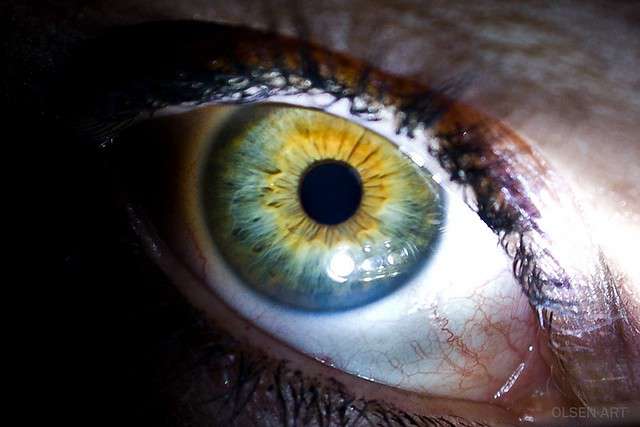Playing the game of color matching and agreement is easy with advance spectrophotometric technology. Instrumental analysis creates a simplified and systematic approach to developing color tolerance standards. Image Source: Flickr user Thanakrit Gu
Setting Limits with the Right Technology
Spectral technology can recognize discrepancies in visual perception by identifying color variations. Spectrophotometers quantify the Delta-E (dE) value2 to the smallest measure of difference that can be detected by the human eye. With a quantified dE value of >1, color variations are indistinguishable to the human eye and visual perception will remain consistent within a set color tolerance.
Delta-E is just one part of the color tolerance system. Because texture, haze, gloss, and other physical attributes can affect three-dimensional color in various ways, a combination of CIELAB color space, geometric angle principles, and lighting calculations provide the most accurate representation of color and saturation levels. Spherical technology can account for all of these variations in color perception, providing the most accurate and efficient method of color measurement. Applications for this technology are limitless and continue to grow as consumer demand steadily increases.
Choosing the right instrumentation for establishing a color tolerance system is dependent on the specific needs of each industry. Whether setting realistic limits of color variation while maintaining production demand or establishing precise color tolerance standards for advanced color applications, spectrophotometers offer the versatility needed to accomplish a variety of tasks. HunterLab is a recognized name in spectral technology and innovation. Our products are designed specifically to meet the various demands of each industry and address the challenges associated with each unique need. We are continually developing new products to stretch the boundaries of color technology and take industry leaders to the next level of quality, efficiency, and value. To learn more about the HunterLab difference, please contact us today.




